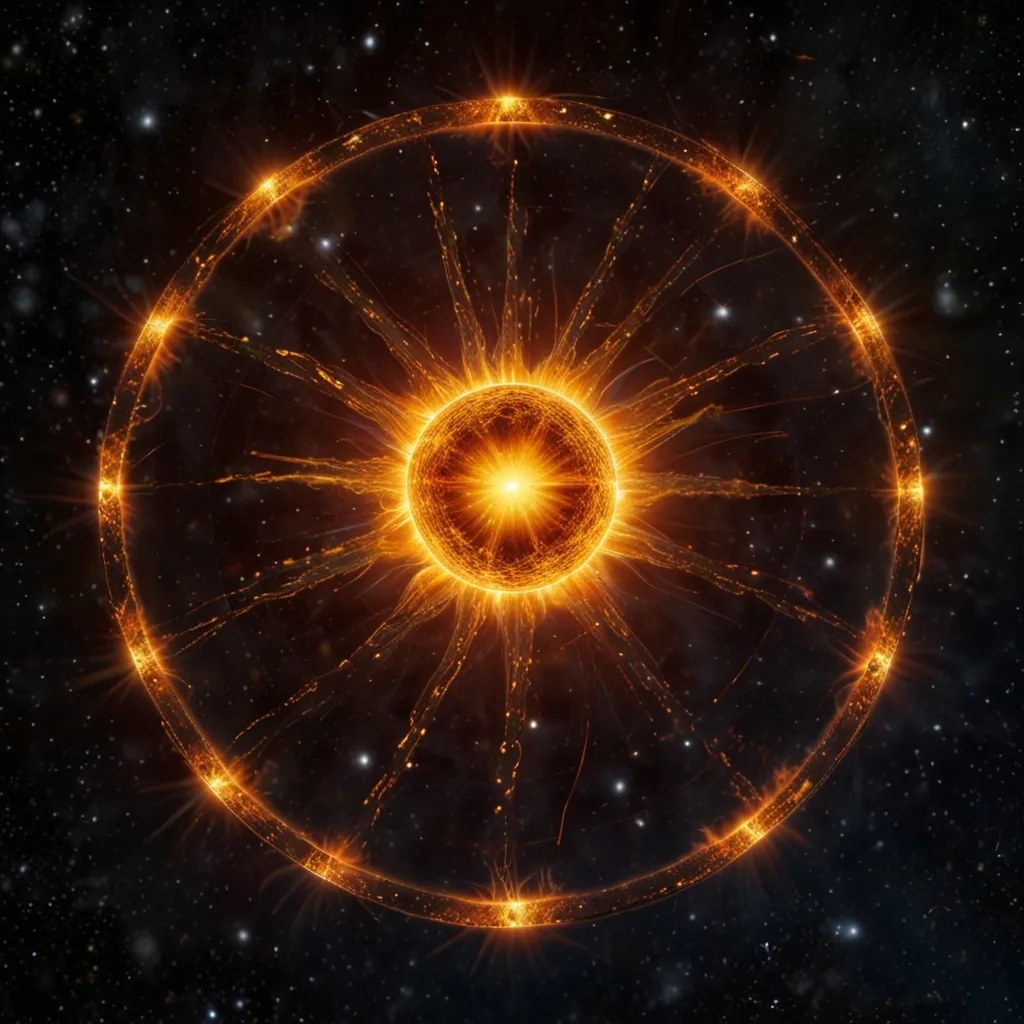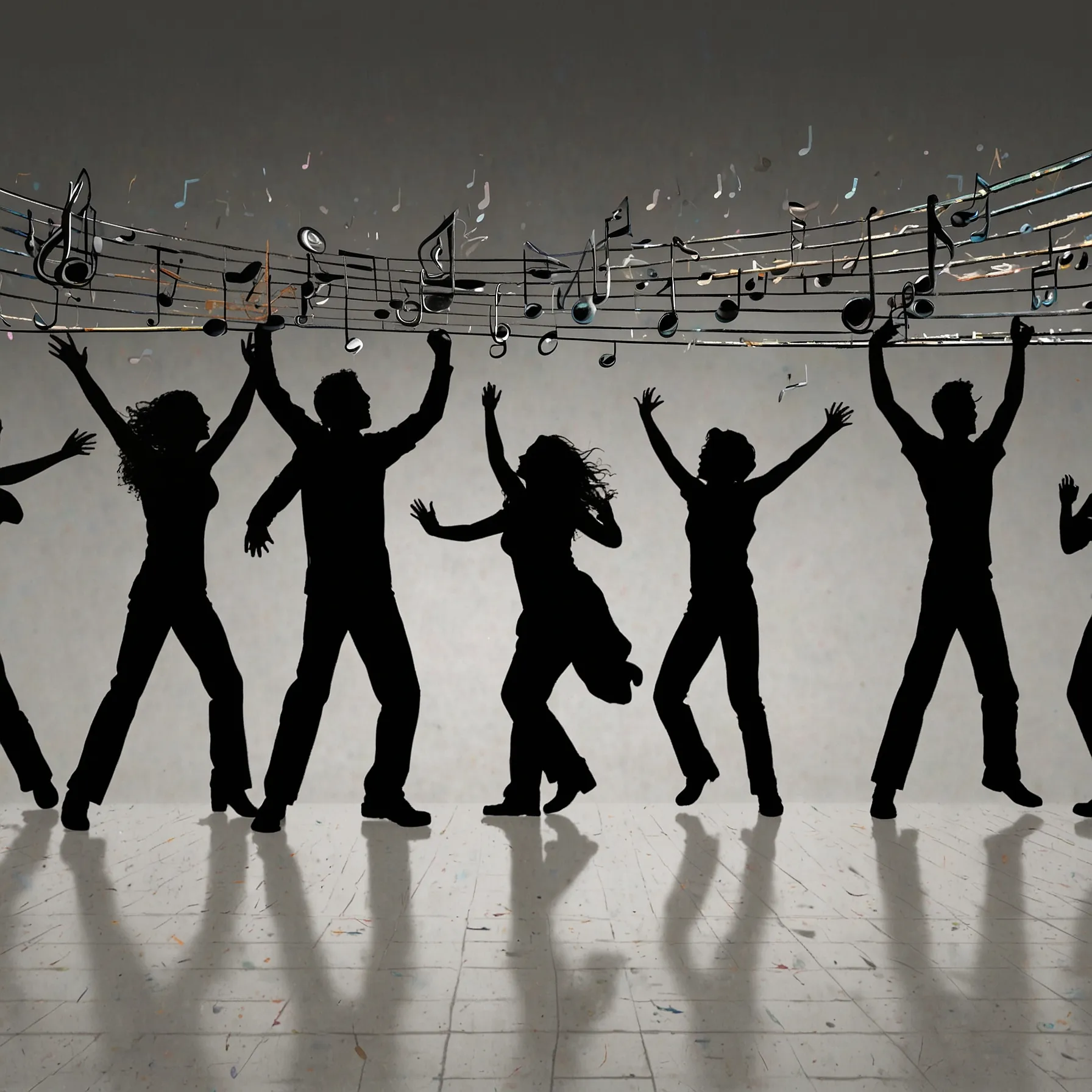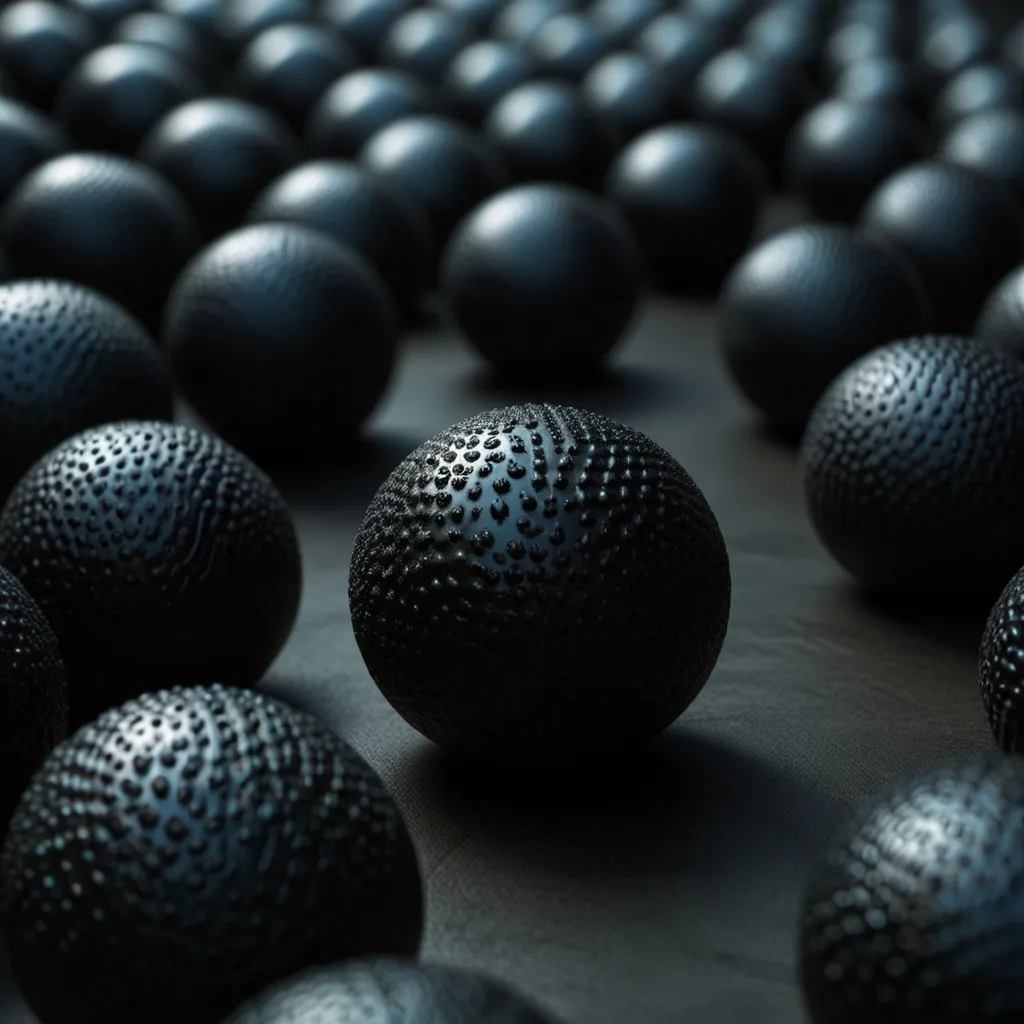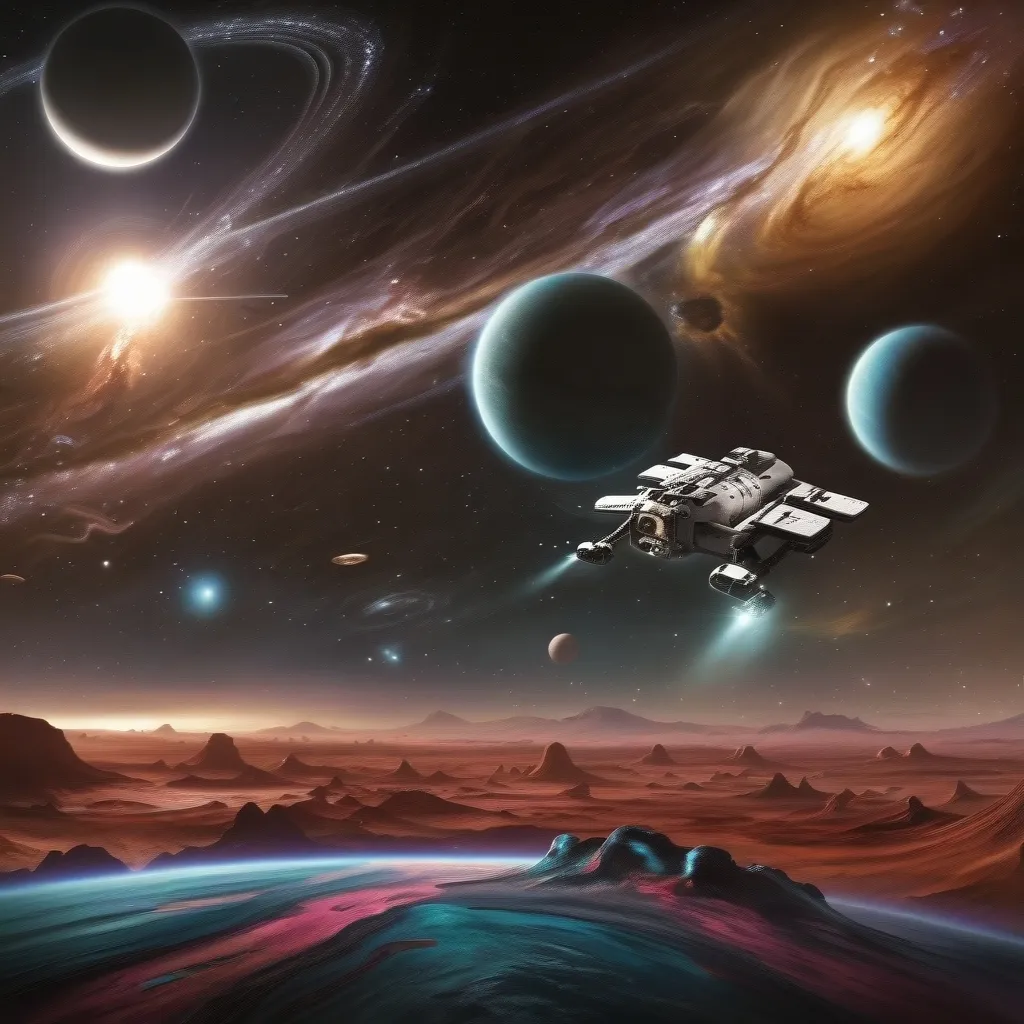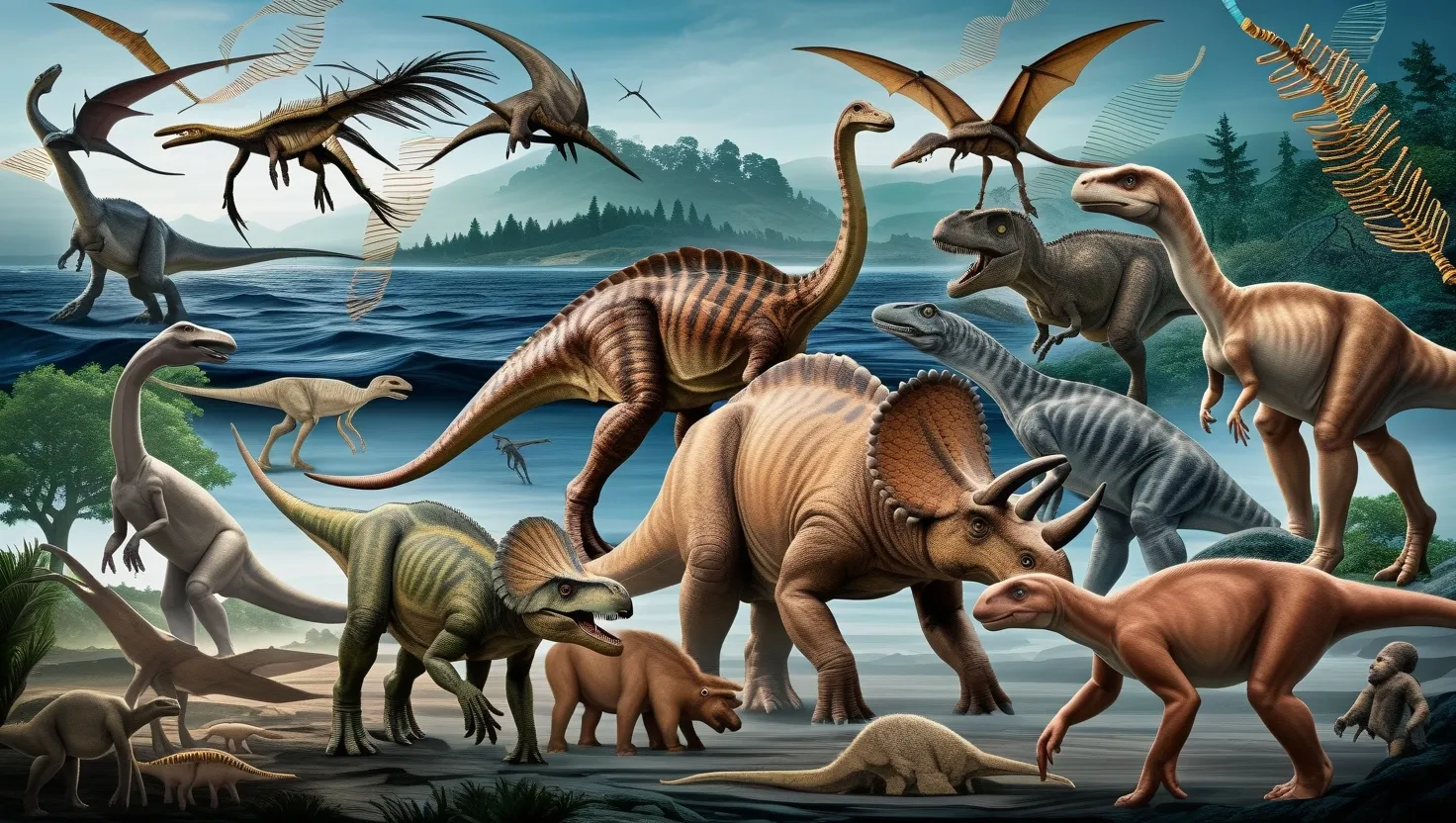In the vast expanse of the universe, stars like our sun are constantly playing host to a cosmic dance of particles and energy. At the core of this celestial ballet lies the fusion reaction—a phenomenal process that converts matter into energy, lighting up the universe and nurturing life as we know it.
Imagine the sun as a grand factory where hydrogen atoms are tirelessly transformed into helium. This transformation isn’t a simple one-step operation; it’s a complex, multi-step sequence. It involves four protons, which are the building blocks of hydrogen, merging to form a helium nucleus. This newly minted helium nucleus is made up of two protons and two neutrons. But the story doesn’t end there; this dance also produces two elusive particles: positrons and neutrinos.
Now, here’s where things get interesting. Neutrinos are the ultimate cosmic travelers. They have this uncanny ability to pass through nearly anything unscathed. These particles are so tiny and non-reactive that they can journey through stars, planets, and even our very bodies, entirely unnoticed. Picture them as cosmic ghosts, gliding through the universe without leaving a trace.
In contrast, positrons—being the anti-particles to electrons—aren’t so subtle. Positrons are caught in a dramatic fate from the moment they’re born in the sun’s core. They quickly find themselves annihilated by their counterparts, the electrons, in the sun’s ultra-hot plasma. This encounter is fiery and explosive, leading to the creation of high-energy photons, better known as gamma rays. However, by the time these gamma rays manage to escape the sun’s dense core and fierce gravitational pull, they have transformed into something far gentler—visible light. This light bathes our planet, gifting us with the warm, nourishing sunlight that illuminates our days and sustains life on Earth.
So why exactly are we bombarded by neutrinos but not by positrons? It’s all about the interaction—or lack thereof. Neutrinos just pass through everything so effortlessly that they hardly seem to exist beyond the calculations of astrophysicists. Positrons, meanwhile, are constantly halted in their tracks, smothered by electrons before they get a chance to emulate their neutrino cousins and escape into space.
There’s a small comfort in this celestial interplay, though. Despite its chaotic beginnings, this series of events results in the sun shining, as seen from Earth, in a more soothing spectrum of visible light rather than the harsher and invisible gamma rays. Imagine a world where that were not true; it’s thanks to these cosmic subtleties that our planet is bathed in a life-affirming glow rather than being scorched by relentless gamma radiation.
It’s fascinating to ponder how the minute details of atomic behavior influence the grand scale of universal phenomena that we rely on every day. In a chaotic universe teeming with constant nuclear reactions and invisible forces, nature has a way of balancing even the fiercest energies, bestowing upon us an environment perfectly attuned for life. It’s a reminder of our place in the cosmos, a subtle nudge that despite the universe’s incredible scale and fiery power, we are given just the right conditions to flourish.
These processes that power our sun are fundamental to the existence of everything we see around us. They are ongoing, ancient, and will continue for billions of years, a relentless testament to the intricate workings of the universe. The very sunlight that wakes us up in the morning, that allows plants to grow, that warms life itself, is a product of these profound subatomic interactions.
As each day brings a sunrise, consider it the culmination of countless fusion reactions in our sun, initiated millions of years ago. It’s an awe-inspiring thought that extends from the atomic to the astronomical scale, weaving a narrative as old as the stars.
Next time when looking up at the sun or feeling its warmth, remember this incredible journey from the depths of its fiery core to the gentle touch on our skin. It’s an extraordinary tale of transformation, annihilation, and ultimately, light. Beyond just a source of illumination, the sun represents the endlessly dynamic universe we are a part of—a universe where even the smallest interactions have the power to light up worlds and nurture life in all its vibrant forms.
